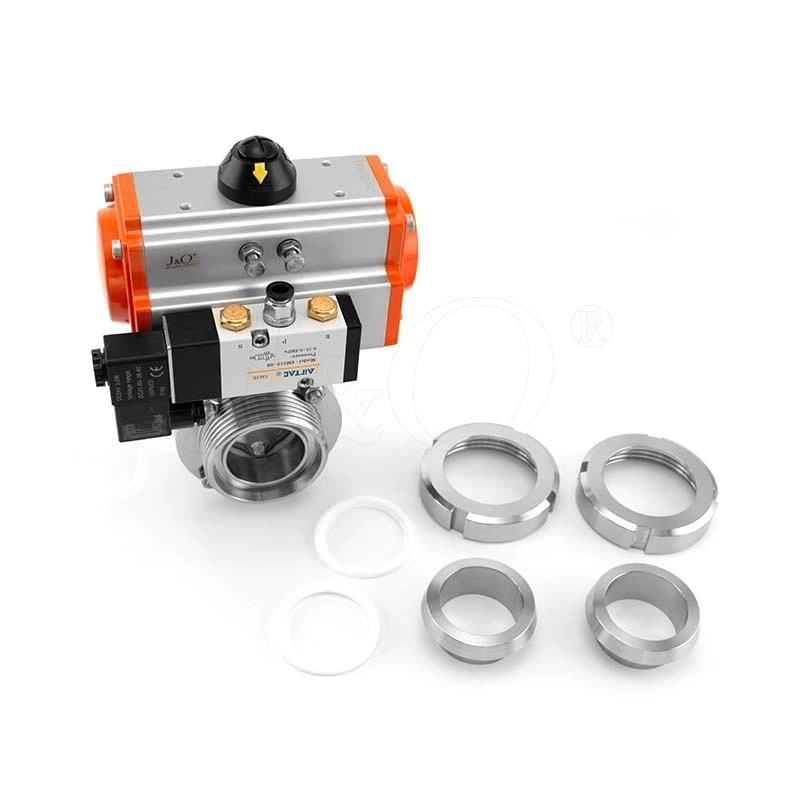What Are The Basic Structures Of Fluorine-lined Valves
Fluorine-lined valves are widely used as lining materials to protect the metal parts of the valve from corrosive media. The structural design of fluorine-lined valves is similar to that of ordinary valves, but the key difference lies in the application of fluorine-lined materials. So do you know what are the basic structures of fluorine-lined valves?
The following is the basic structure of general Sanitary Valve:
Valve body: The valve body of fluorine-lined valves is usually made of metal materials such as cast iron, carbon steel, stainless steel, etc., and the inner wall of the valve body is lined with a fluoroplastic layer to provide corrosion protection.
Valve seat and sealing ring: The valve seat and sealing ring are usually made of fluoroplastics to ensure the sealing performance of the valve under high pressure or corrosive media.
Opening and closing parts: Depending on the type of valve, the opening and closing parts can be a ball (ball valve), gate (gate valve), butterfly plate (butterfly valve) or plug (plug valve), etc. The surface of the opening and closing parts is also lined with fluoroplastics to enhance corrosion resistance.
Valve stem: Connecting the opening and closing parts and the actuator, usually corrosion-resistant metal materials such as stainless steel are used to ensure smooth operation and durability.
Actuator: used to operate the opening and closing of the valve, which can be a manual handle or gear, or an electric or pneumatic actuator to achieve remote control and automatic operation.
Stuffing box: located between the valve stem and the valve body, usually filled with materials such as fluoroplastics or graphite to prevent medium leakage and protect the valve stem.
Fluorine-lined valve is a valve lined with fluoroplastic materials inside, mainly used to control the flow of corrosive media. Fluoroplastic (such as polytetrafluoroethylene PTFE, polyperfluoroethylene propylene FEP, etc.) is due to its excellent corrosion resistance, high temperature resistance, low friction coefficient and non-stickiness.
